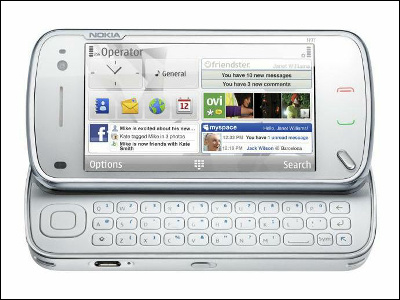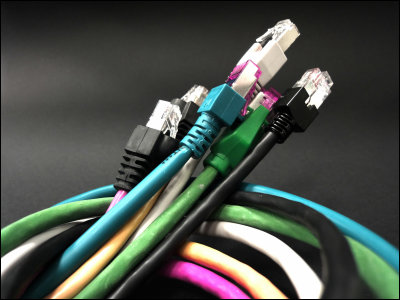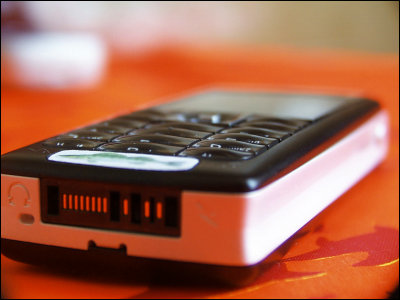AOL announces it will end its dial-up connection service after 34 years
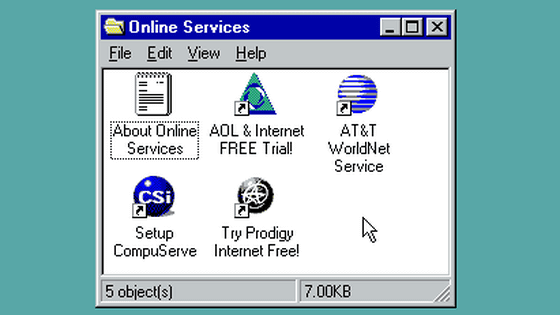
by
AOL, a major American internet service provider, has announced that it will end its dial-up connection service, which it has provided for 34 years, on September 30, 2025. This will also mean that the software related to the dial-up connection service will no longer be provided.
Dial-up Internet to be discontinued - AOL Help
https://help.aol.com/articles/dial-up-internet-to-be-discontinued
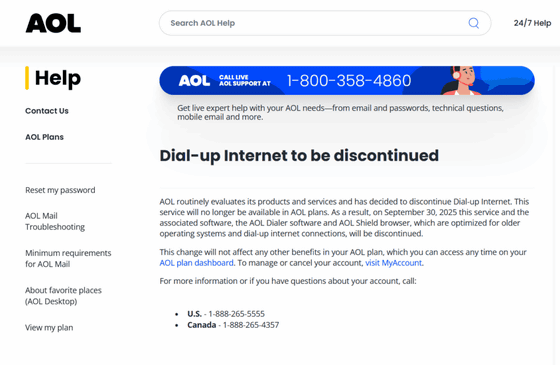
AOL announces September shutdown for dial-up Internet after 34 years - Ars Technica
https://arstechnica.com/gadgets/2025/08/aol-will-finally-end-1991-dial-up-internet-service-thats-older-than-smartphones/
Dial-up connections are a method of connecting to a network via a telephone exchange using the telephone network, and were the mainstream network connection method before the widespread use of broadband networks. Because it uses a fixed telephone line, it has the advantage of not requiring complicated line construction, but there are limits to communication speeds.
AOL said, 'AOL regularly evaluates its products and services and has decided to discontinue offering dial-up connections. This service will no longer be available with AOL plans.' The company also announced that it will discontinue its dial-up software, AOL Dialer, and its web browser, AOL Shield, which is optimized for slower connections and older operating systems, on September 30.
AOL's history is said to date back to Quantum Link, the Commodore 64 service launched on November 5, 1985. Quantum Link was based on PlayNET, an online service for the Commodore 64, and offered email, file sharing, online news, instant messaging, and other services, as well as online games and casinos, making it a popular service.
In 1989, Quantum Link was renamed 'America Online,' the predecessor of AOL, and became available to IBM PC users.
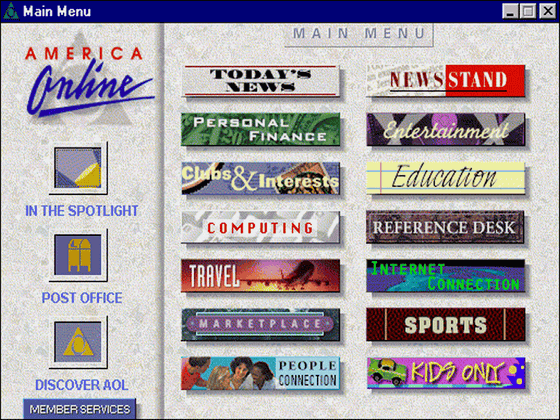
America Online then launched AOL for DOS in 1991 and AOL for Windows in 1992. It attracted users through a strategy of offering free software and free trials of membership licenses, and in September 1993, it added access to the decentralized Internet bulletin board system ' Usenet ' to its service, further increasing its user base. Then, in 1997, AOL Instant Messenger was released. Its free, instantaneous communication tool further increased its user base. The history of AOL Instant Messenger is summarized in the article below.
What can we learn from the history of instant messengers in this turbulent era of decentralized SNS such as Threads, Mastodon, and Misskey? - GIGAZINE

In 1997, about half of all internet-connected households in the United States had a subscription to AOL, and by the early 2000s, the number of AOL subscribers had exceeded 20 million. However, as broadband became more widespread from 2000, the number of AOL subscribers began to decline.
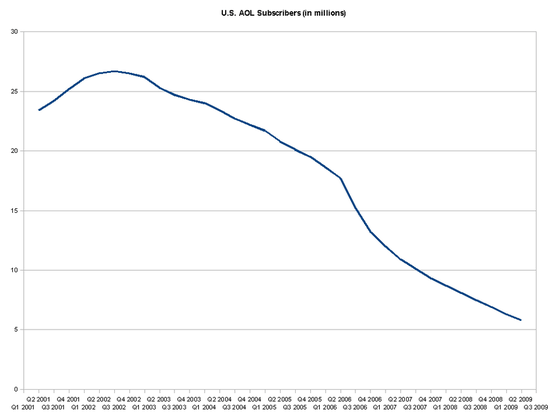
According to the 2022 U.S. Census , approximately 175,000 households still connect to the internet through dial-up service, with many of these users living in rural areas where internet infrastructure is underdeveloped or expensive to install.
The social news site HackerNews has posted many examples of why dial-up connection services continued to be maintained.
'Some of our clients still offered dial-up connections, and at that point we had hundreds of users, many of them elderly people living in very rural areas where DSL wasn't even available,' says Ecshafer , who worked at an internet service provider's customer service desk from 2013 to 2016. 'But the dial-up service was consistently profitable because the equipment and lines still functioned pretty much as they were, and we had a much lower call rate than customers using DSL , cable, or fiber.'
'I know at least two people who use @aol.com email addresses and still pay for AOL dial-up service even though they don't actually use it, because they think their email address will be discontinued if they don't renew their subscription,' InitialLastName said.
'Older people are often resistant to changing what they're used to,' themadturk said. 'Not only did my mother continue using dial-up until she moved into a care home in 2019, but when her Windows XP machine broke a few years before that, she asked me to make her new PC run Windows 10 and look like XP in every way.'
Even though AOL discontinued its dial-up service, the dial-up service itself did not disappear completely, and some Internet service providers continue to provide the service. Also, the Public Switched Telephone Network (PSTN), which allows data communication via dial-up connections, still remains at the time of writing, but the United States is gradually migrating to an IP telephone network using Internet Protocol (IP).
Ars Technica, an IT news site, said, 'AOL dial-up users will have until the end of September 2025 to find alternatives, posing a significant challenge for those living in areas without such options. Some may switch to satellite or mobile phone services despite rising costs, while others may lose internet access entirely. This means that dial-up services have served as a filler for 34 years, despite their various limitations. The digital divide will likely widen even further in the future.'
Related Posts:
in Web Service, Posted by log1i_yk


